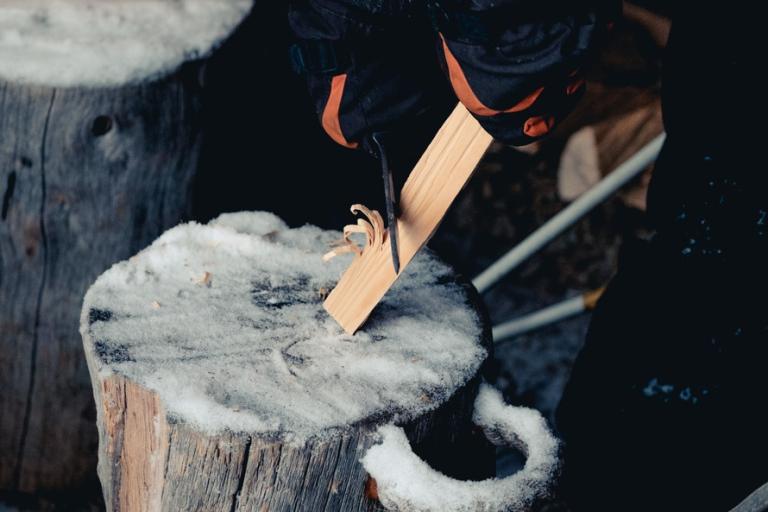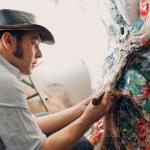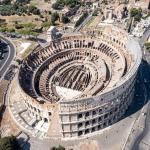My dear father, Morris Nepo, died three years ago at the age of ninety-three. He was at his strongest and happiest when working with wood, when building things. In his basement workshop, no one could suppress his love of life and his insatiable creativity. I learned a great deal from him, though I can see now that there were many times he didn’t know he was teaching and I didn’t know I was learning. Mostly, he taught me by example that we’re called to make good use of the one life we’re given. He taught me that giving our all can lead to moments of fulfillment and grace. And those moments of full living can sustain us.
When just a boy, I watched my father chisel boards with care and precision. He kept his chisels sharp. He’d always say, “Don’t stop in mid-stroke or the board will splinter. Once you start, keep pushing all the way through.” He’d lean over the board and his hands and the chisel would become one. A thin shaving of wood would peel away, as if he’d loved the board into giving it up. He’d pick up the light shaving from the floor and rub it between his thumbs. Then he’d rub the grain his effort had revealed and smile. In that moment, he seemed content, at peace. When I read Plato years later, with all his squawk about absolute forms, I knew that’s where my father went. For the moment, he seemed complete. He’d rub the smooth board one more time and drop the shaving. I loved to watch the feather of wood float to the basement floor. Looking back, I’m certain this was a moment in which he felt thoroughly immersed.
The wood shaving floating to the floor was an expression of effort turning into grace. Years later, I would feel a similar sense of completion when building things myself, and when arriving at intimacy in my relationships, after honest, loving work. Revealing the inner grain and watching the shaving float between us make us complete. Working the grain is how we love and labor, and no matter what we build or create, the shaving we chisel is the insight that lightens our load.
There were six vises stationed along my father’s workbench. Each held a project in a different phase of development. The vises were never empty. One might hold a strip of pine that he was bending. Another might hold a layer of walnut that he was gluing to a layer of mahogany. A third might hold a table leg that he was sanding. He’d work on one, then move to another, and circle back, one informing the other. I realized only recently that this is how I work on books. I explore several books at once, pursuing one, then moving to another, letting my interest and their vitality cross-pollinate. I gather images and stories and metaphors, keeping them in folders, as I weave and work on many levels at the same time.
My father also had a bin where he kept wood fragments that he might use in future projects. When he died, my brother and I looked for him in that bin. There must have been 500 scraps of all sizes and shapes. Now I understand where my fragment folders come from. I see the underside of a cloud, or light shimmering off a broken piece of glass, or hear someone in a café say something profound. I save these rough gems to work with later, when I discover where they go.
With his immersion in what he loved, my father showed me that throwing ourselves wholeheartedly into what we’re given brings us alive. Craftsman that he was, he left deep messages in all that he touched, some of which have only reached me now. I wish I could show him my workbench. I wish we could hammer the hot metal of our creations side by side, watching the forged shapes harden beneath their glow.
A Question to Walk With: In conversation with a friend or loved one, tell the story of one thing you’ve learned from your father or mother that you didn’t realize you were learning.
Next month, Atria will publish my new book, The One Life We’re Given. To make the most of being here, we’re required to learn when to try and when to let go. This is our initiation into grace. The gift and practice of being human centers on the effort to restore what matters and, when in trouble, to make good use of our heart. No one quite knows how to do this, but learn it we must. There is no other way. By fully living the one life we’re given, we’re led to the wisdom that waits in our heart. “Shaped by Life” is an excerpt from the book.


















